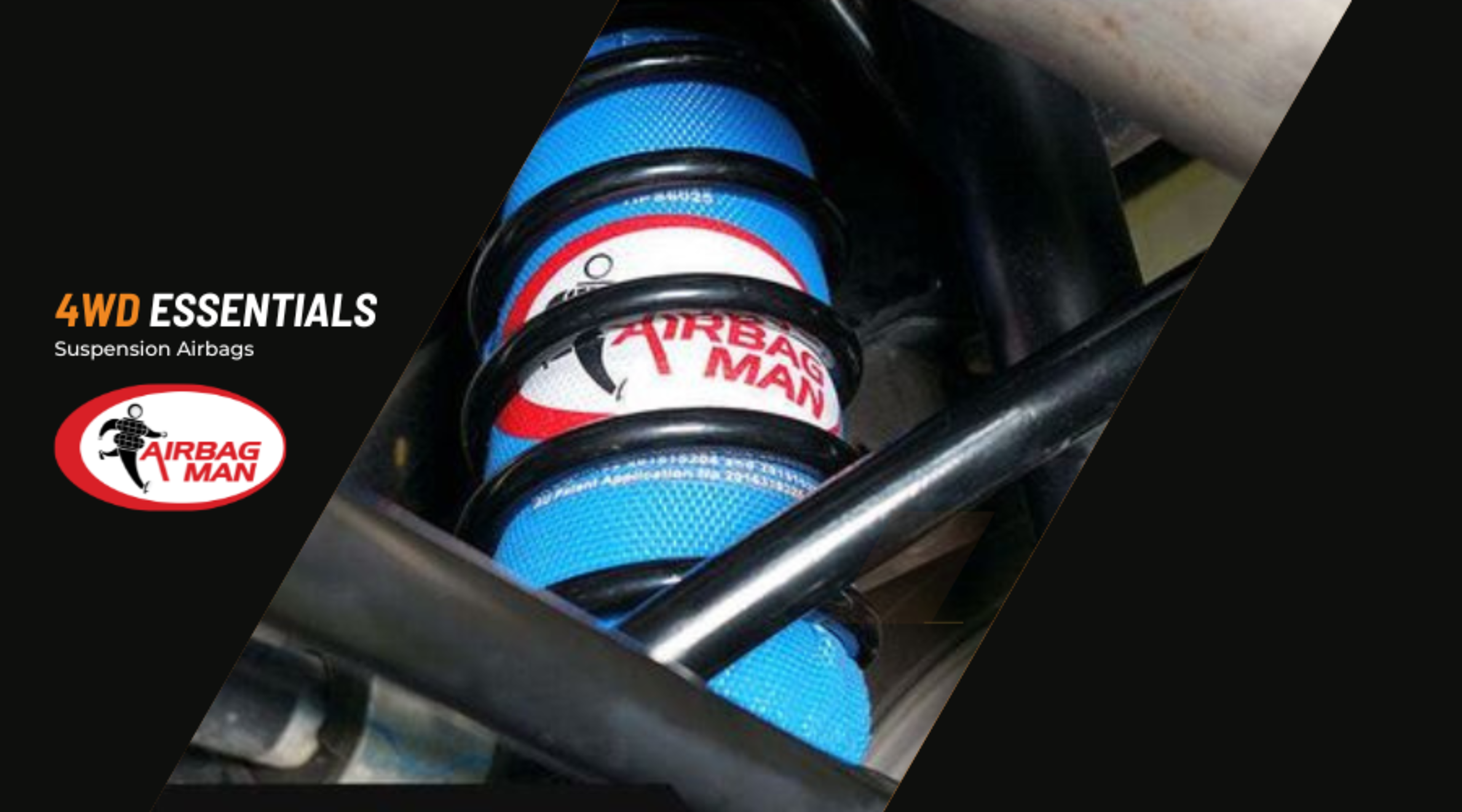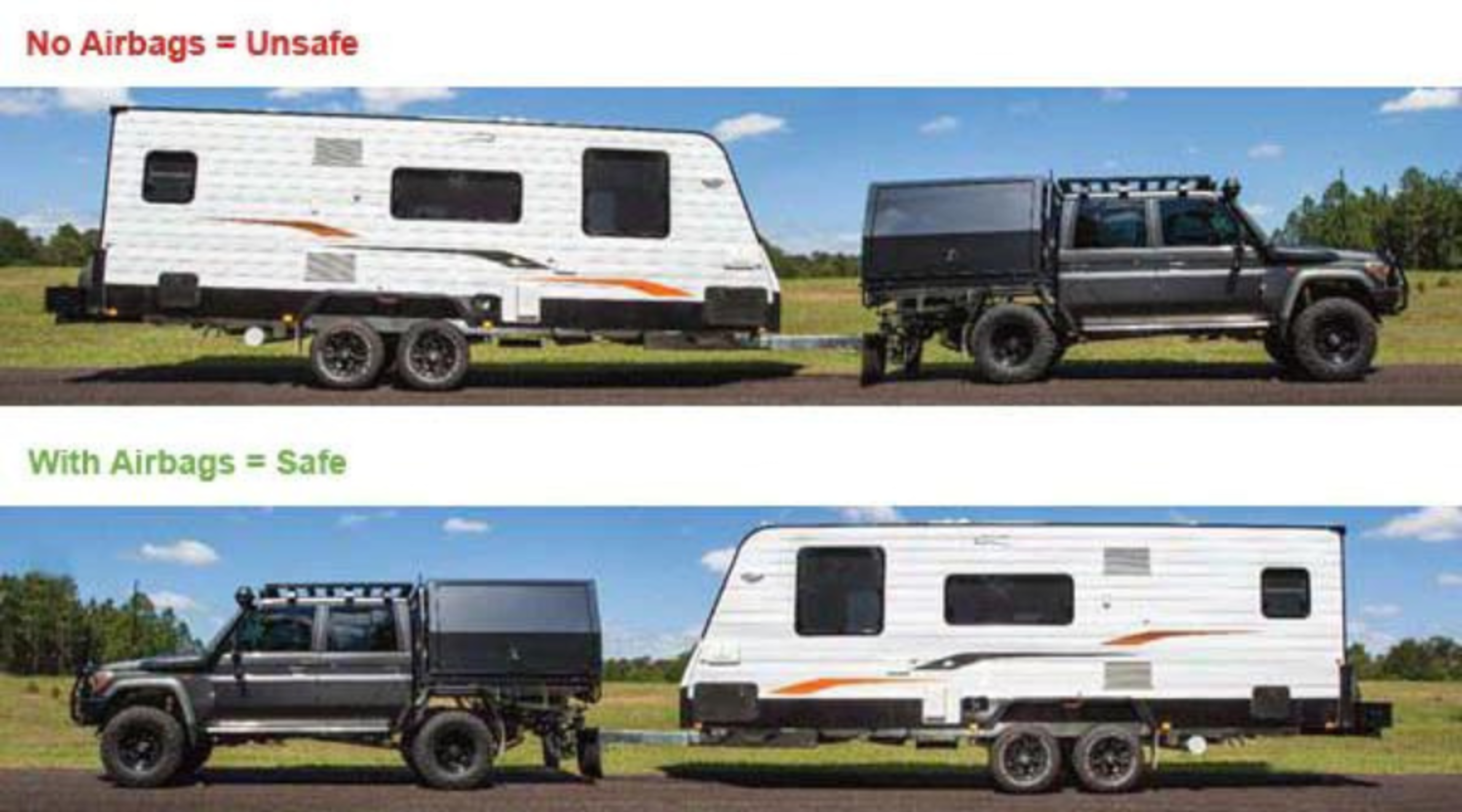Myths on Airbag Suspension

Debunking Myths About Air Bag Suspension and Chassis Damage in 4x4 Vehicles
When it comes to the world of 4x4 vehicles and off-road adventures, myths often shape our perceptions of various technologies and components. Air bag suspension, a technology designed to enhance ride quality when a vehicle is loaded within its manufacturers specifications is prone to many misconceptions. Let's delve into some of these myths and uncover the truth about air bag suspension and its relationship with chassis damage in 4x4 vehicles.
Myth 1: Airbags put excessive load on the chassis
One common misconception is that air bags shift the load to areas of the vehicle where it wasn't designed to bear weight, potentially causing damage. However, this myth overlooks the fundamental design and engineering principles behind air bag suspension. Air bags are strategically placed within the suspension system to provide adjustable load support on the bump stops of the chassis, replacing the bump stops with controlled compression of the leaf springs to help maintain the vehicle's stability and handling characteristics.
Myth 2: I’ve seen vehicles with bent chassis from airbags
Observing vehicles with bent chassis that also happen to have air bags installed might lead to the assumption that air bags are the cause of the damage.
Vehicles equipped with air bag suspension can still experience chassis bending under certain circumstances. However, it's crucial to recognise that chassis damage is not an inherent flaw of air bag suspension itself. Chassis bending typically occurs due to excessive loads, aggressive off-road driving, or impacts that surpass the vehicle's structural limits, such as not adhering to a vehicle manufactures GVM, GCM and Max Towball weights:
- GVM - The maximum the vehicle can weigh
- GCM - The maximum the vehicle and its trailer can weigh (together)
- Towball Weight - The maximum download that can be applied to the towball.
Myth 3: Overloaded Chassis and Airbags
An overloaded chassis occurs when a vehicle is subjected to a load that exceeds its recommended Manufacturers specifications, leading to structural stress and potential damage. Air bag suspension, on the other hand, is designed to counteract the effects of excessive suspension sagging by supporting the additional tow ball weight experienced from a rear canopy, metal tray with equipment, heavy trailer or caravan. It's important to note that air bag suspension doesn't promote overloading but rather aims to level out your vehicle from the tow ball weight.
To prevent overloading – Do not exceed your manufacturers specifications

In essence, air bag suspension technology is not the culprit behind chassis damage in 4x4 vehicles. Instead, it's vital to consider the driving conditions, terrain, load distribution, and overall vehicle maintenance when evaluating the causes of chassis bending. While air bag suspension can contribute to load support and better weight distribution, it's not a substitute for responsible driving and adhering to a vehicle's recommended limits.
We are a stockists of Airbag Man products and we can professionally install these parts on your vehicle.
